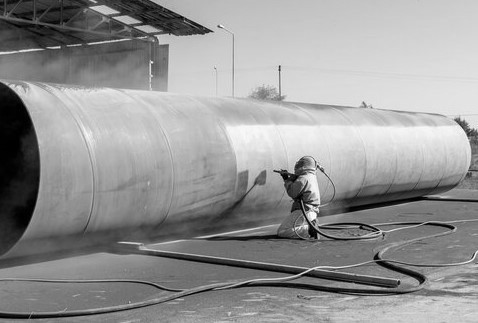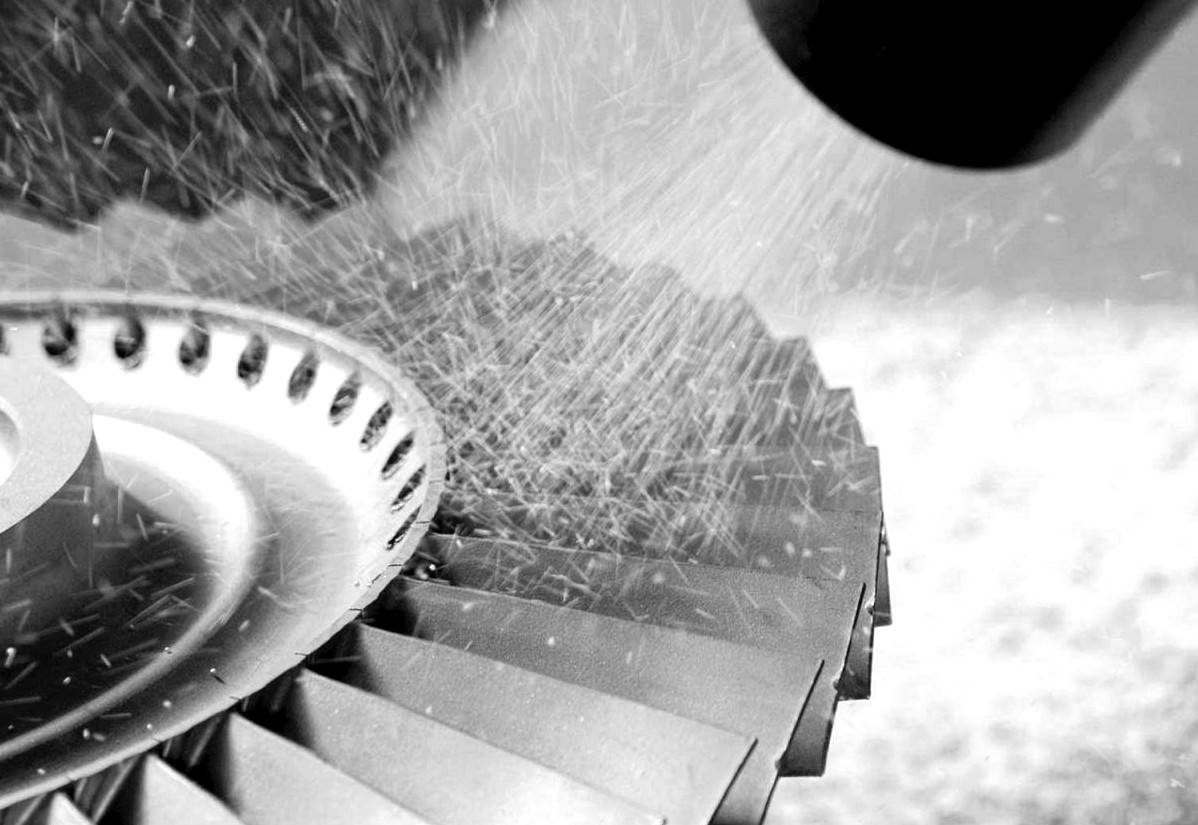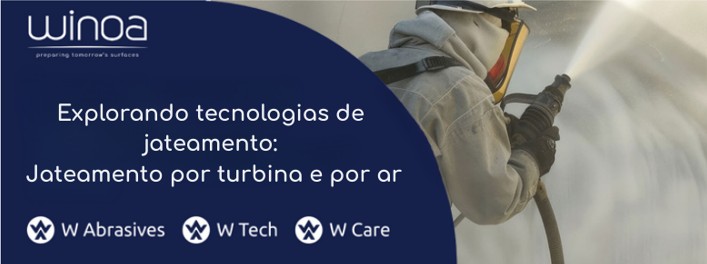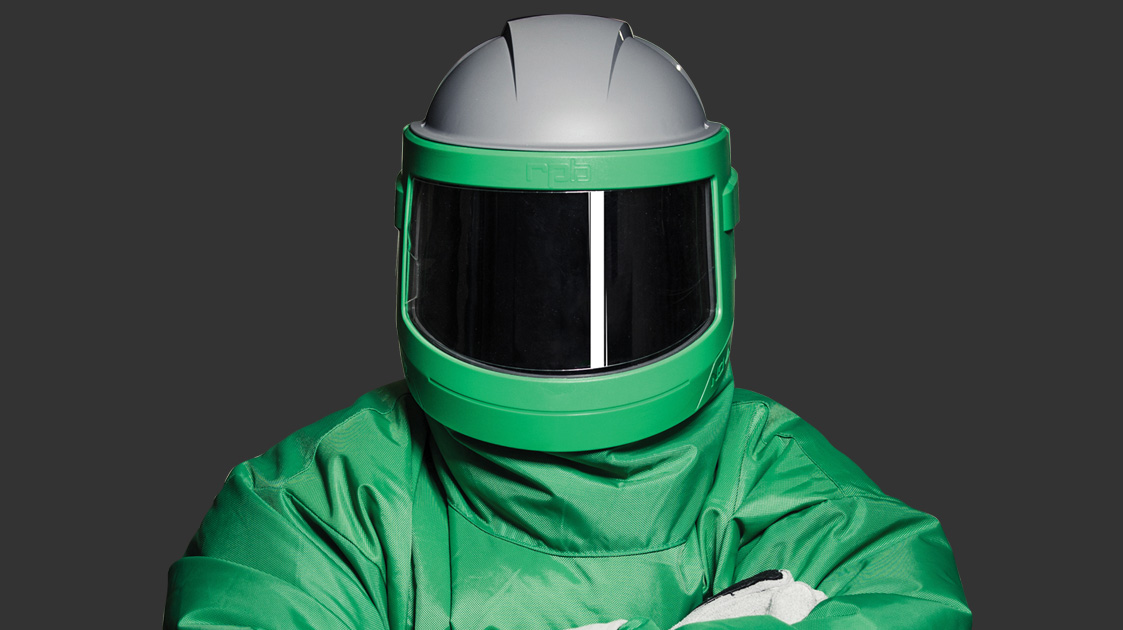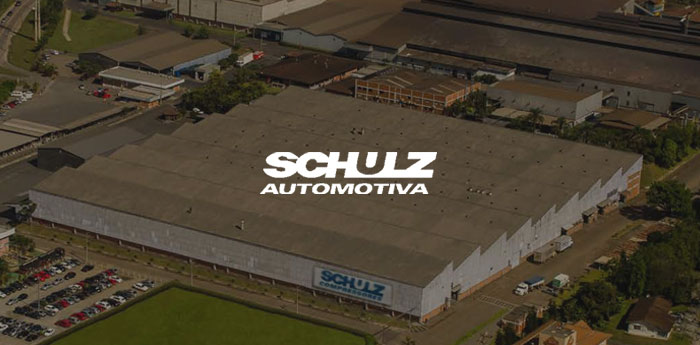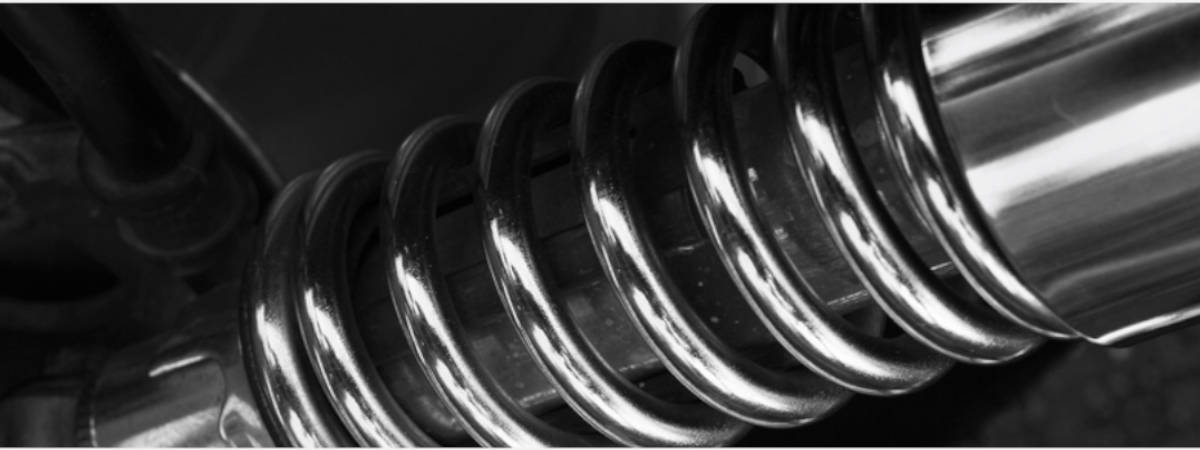
The terms sandblasting and shot peening in Italy are sometimes used interchangeably but in fact they describe two very distinct procedures for surface treatment and finishing in different industrial fields.
What is sandblasting?
Sandblasting is the procedure that allows you to remove and eliminate, with a stream of abrasive and air launched at high speed and at very high pressure, impurities and corrosive slags: paints, rust, oxides, sand and calamine. In this way the surface can be prepared in order to create the best adhesion between the surface and the coating that will be applied or reapplied on the it.
For the sandblasting process, various types of abrasive material are used depending on the result to be obtained in terms of cleanliness and roughness of the surface. Mineral abrasives such as Garnet, Corundum or glass can be used, or metal abrasives such as spherical shot or angular grit. It’s precisely the chance of using spherical shot in the sandblasting process that can cause confusion with the specific process defined as shot peening.
What is shot peening?
Shot peening is a process specially designed to strengthen the properties of a metal material, making it more resistant to stress and fatigue, by applying a certain stress on the surface itself. This is very useful when dealing with components subject to high loads and/or cyclical movements. Shot peening consists of a cold surface hammering, designed to modify the mechanical properties of metals. The workpieces are treated with a stream of abrasives normally spherical shots of metal, glass or ceramic, with sufficient force to create a plastic deformation.
Usually the process takes place in a closed environment such as a cabin or similar, which allows the recovery and reuse of the shot and reduces the amount of dust. The shot can be launched both through a turbine and with compressed air nozzles.
Main fields of application of shot peening
- Aerospace industry: aircraft engine components, aircraft structural parts, helicopter and airplane gears and transmission systems, landing gears, etc.
- Automotive and industrial vehicles: gears, camshafts, crankshafts, chains, springs, suspension systems, clutches, valves, rods, braces, crossbars, torsion bars, etc.
- Earthmoving equipment: plough blades, tractor tracks and gears, etc.
- Oil industry: drilling equipment and various related components.
- Power generation (gas, hydro & wind power): turbines, blades and components, gears and various related components.
- Construction industry: beams, braces, bridges and buildings structural components, etc.
It is therefore good to remember that, apart from the similar functioning of the machinery used, sandblasting and shot peening are two very different processes that aim to obtain totally different results in surface treatment.



